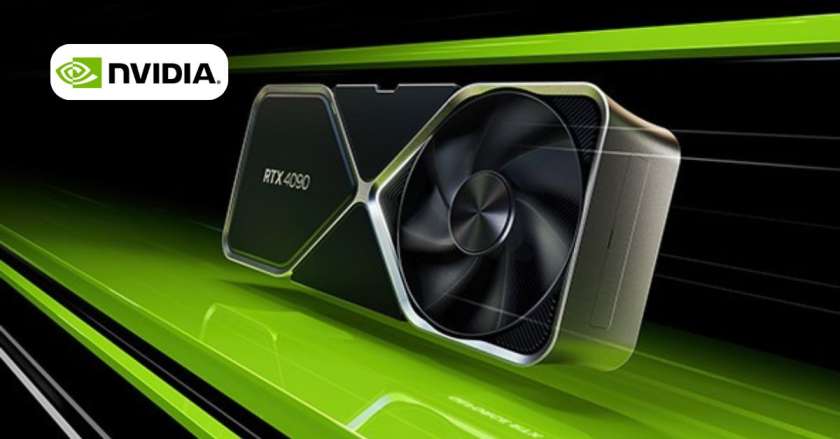Nvidia (NVDA) Stock: NVIDIA Corporation (NVDA) recently released its highly anticipated second-quarter earnings report, which exceeded market expectations. The company’s revenue soared to $30 billion, marking a remarkable 122% year-over-year growth and a 15% increase compared to the previous quarter. Additionally, NVIDIA’s adjusted earnings per share (EPS) came in at $0.68, surpassing forecasts of $0.64 and revenue estimates of $28.6 billion. Despite this robust performance, NVDA stock plunged approximately 7% in after-hours trading. So, why is Nvidia stock crashing even after beating expectations?
Nvidia Earnings Breakdown: A Closer Look at the Numbers
- Revenue: $30 billion, a 122% year-over-year increase.
- Adjusted EPS: $0.68, surpassing the forecast of $0.64.
- Quarter-over-quarter growth: 15%.
These impressive figures position Nvidia as a leader in the tech and semiconductor sectors, especially with its major role in artificial intelligence (AI) and data processing. However, the company’s stock dropped following its earnings report, leaving investors puzzled.
The Underlying Cause: Nvidia’s Outlook for the Next Quarter
One key reason for the sell-off appears to be Nvidia’s guidance for the next quarter, which didn’t meet the lofty expectations of investors:
- Revenue forecast for Q3 2024: $32.5 billion, plus or minus 2%.
- Gross margins: GAAP at 74.4% and non-GAAP at 75.0%, both plus or minus 50 basis points.
While these numbers reflect continued growth, the expected quarterly revenue growth rate of 8% fell short of the previous quarter’s 15% growth. This relatively modest projection may have raised concerns about the sustainability of Nvidia’s rapid growth trajectory, leading investors to rethink the company’s long-term prospects.
Valuation Concerns: Is Nvidia Overpriced?
Before the earnings report, Nvidia had a market capitalization of approximately $3.1 trillion. Investors had high expectations, assuming that Nvidia could eventually generate around $140 billion in annual profit, similar to tech giant Alphabet (GOOGL), which trades at a forward price-to-earnings (P/E) multiple of 21. However, Nvidia’s quarterly revenue of $30 billion and profit of $16.6 billion, while impressive, suggest that the company may not reach those sky-high profit levels in the near future.
Future Growth and Investor Sentiment
The central concern for investors seems to be whether Nvidia can continue growing at a rate that justifies its current valuation. With an expected revenue growth of only 8% for the next quarter, compared to the 15% growth it just reported, many investors are starting to doubt whether Nvidia will be able to hit the $140 billion annual profit milestone. This uncertainty could explain the sell-off, as some investors view the stock as overvalued at its current price.
Why Are Investors Selling NVDA Shares?
The unexpected slowdown in growth projections may have led to concerns that Nvidia’s best days of exponential growth are behind it. With the stock priced for perfection, any hint of a slowdown in revenue growth can spark a sell-off. In this case, Nvidia’s Q3 2024 guidance for an 8% growth rate is far below what many investors were hoping for.
The Future of Nvidia: Still a Strong AI Player?
Despite the dip in stock price, Nvidia remains a dominant force in the AI and semiconductor industries. While short-term growth may not meet sky-high expectations, the company’s long-term potential in AI-driven technologies remains strong. Some investors, particularly those seeking quicker returns, may shift their focus to other AI stocks that offer higher growth potential at a more reasonable price-to-earnings ratio.
Conclusion: Is Nvidia Stock Still a Good Buy?
While Nvidia’s second-quarter earnings exceeded expectations, the company’s relatively conservative guidance for the upcoming quarter appears to have triggered a wave of selling. Concerns over valuation and future growth prospects are weighing on the stock, despite its strong performance in the AI space. Investors should carefully consider Nvidia’s long-term potential versus its current valuation before making any investment decisions.
For those seeking other promising AI investments, it may be worth exploring smaller, undervalued stocks that have the potential for higher returns within a shorter timeframe.
By staying informed and understanding the broader market trends, investors can make strategic decisions based on Nvidia’s performance and the growing AI sector.
